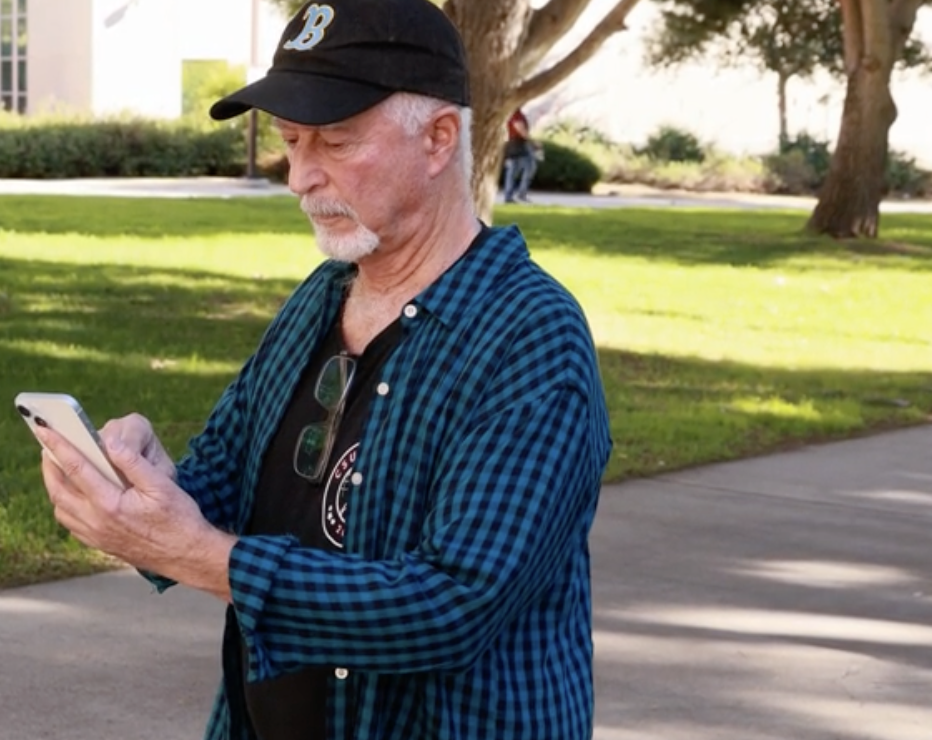Preliminary lab results Thursday revealed the presence of a metal that is not officially deemed a health hazard, but may explain the discoloration of the murky tap water plaguing residential customers of a small water district in south Los Angeles County.
Many residents have complained of brown water coming out of their taps and faucets in the small community of Willowbrook on the north side of Compton.
They have organized, found a lawyer, and Thursday brought in nearly 36,000 donated bottles of water to distribute in a church parking lot.
In recent days, state water and county public health teams have been taking samples for lab analysis.
Preliminary results Thursday found no bacteria, but in two of eight samples did find the presence of the metal manganese at levels approximately 50 percent above what is called a secondary standard.
"Those secondary standards relate to odor and taste and they do not affect health," said Jacqueline Taylor, Director of the Environmental Protection Branch for the Los Angeles County Department of Public Health.
The federally-set maximum contaminant level (mcl)for manganese is 0.05 mg/liter. The two samples that exceeded it measured 0.074 and 0.075 mg/liter. What is termed the "notification level" is higher still, 0.5 mg/Liter, according to Miryam Barajas, a public information officer with California's State Water Resources Control Board.
News
Top news of the day
In small concentrations, manganese is considered necessary for human helth. It is often found with iron and that may explain the discoloration. Test results for the presence of iron compounds were not yet available.
But even after being informed of the preliminary results, many still find it hard to trust what comes out of their tap.
"We see colored water, and we think something dirty in it," said resident Veronica Rubalcava.
"You tell me the water is legal, but it's still brown," said resident Esker Nolen. "I'm still drinking brown water. I'm still cooking with brown water. Something's wrong."
County public health cautions that Thursday's results are only preliminary. The Sativa Water District maintains that its water is safe, but acknowledges its pipes are old and prone to sediment buildup.
Sativa officials also said it's believed the discoloration is being generated by maintenance known as "flushing," in which hydrants are opened to purge mains of sediment, according to Administrative Manager Maria Rachelle Garza.
It now has a project underway to reduce manganese levels. That's targeted for completion in two years.
In the meantime, neighborhood organizers plan to continue their giveaway of donated water Friday.



